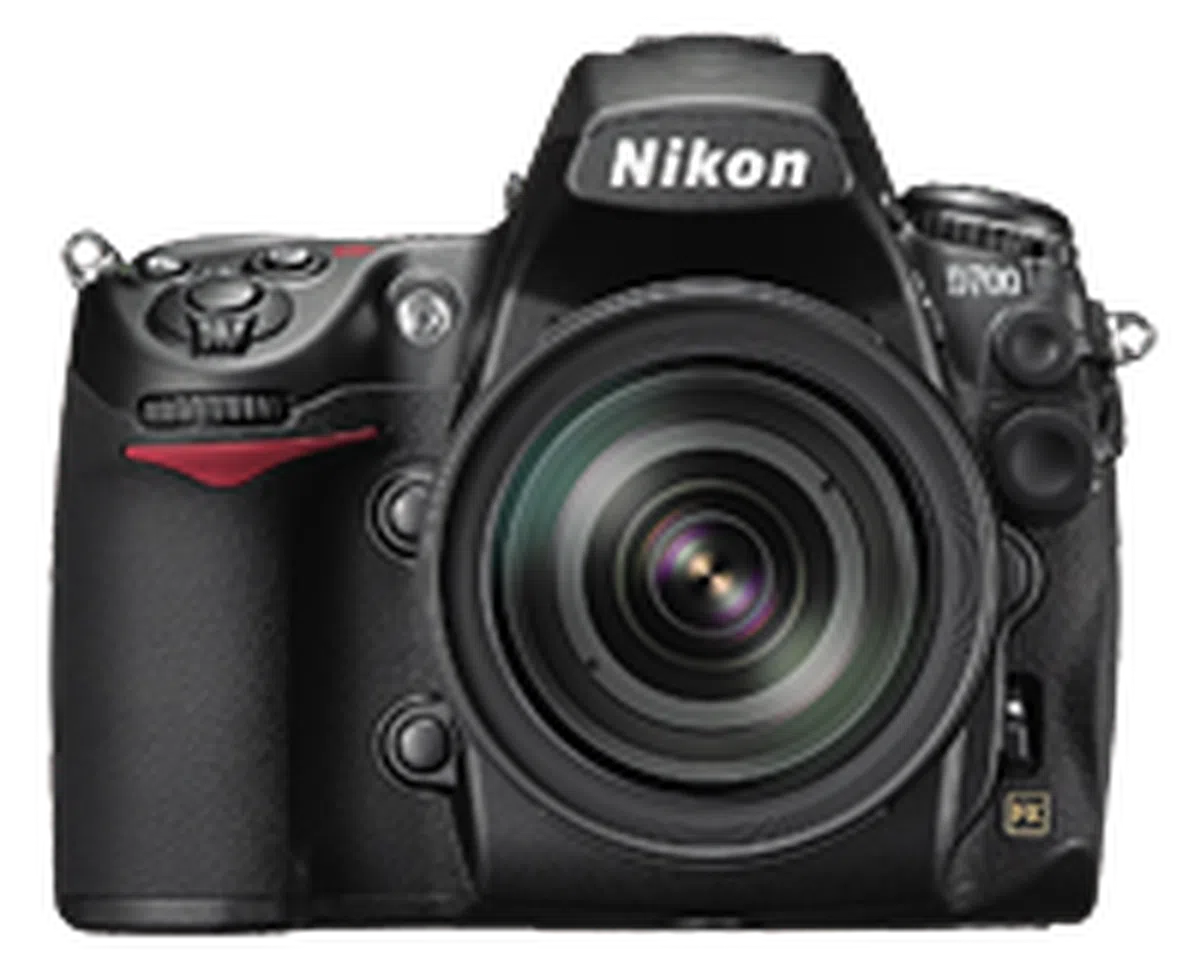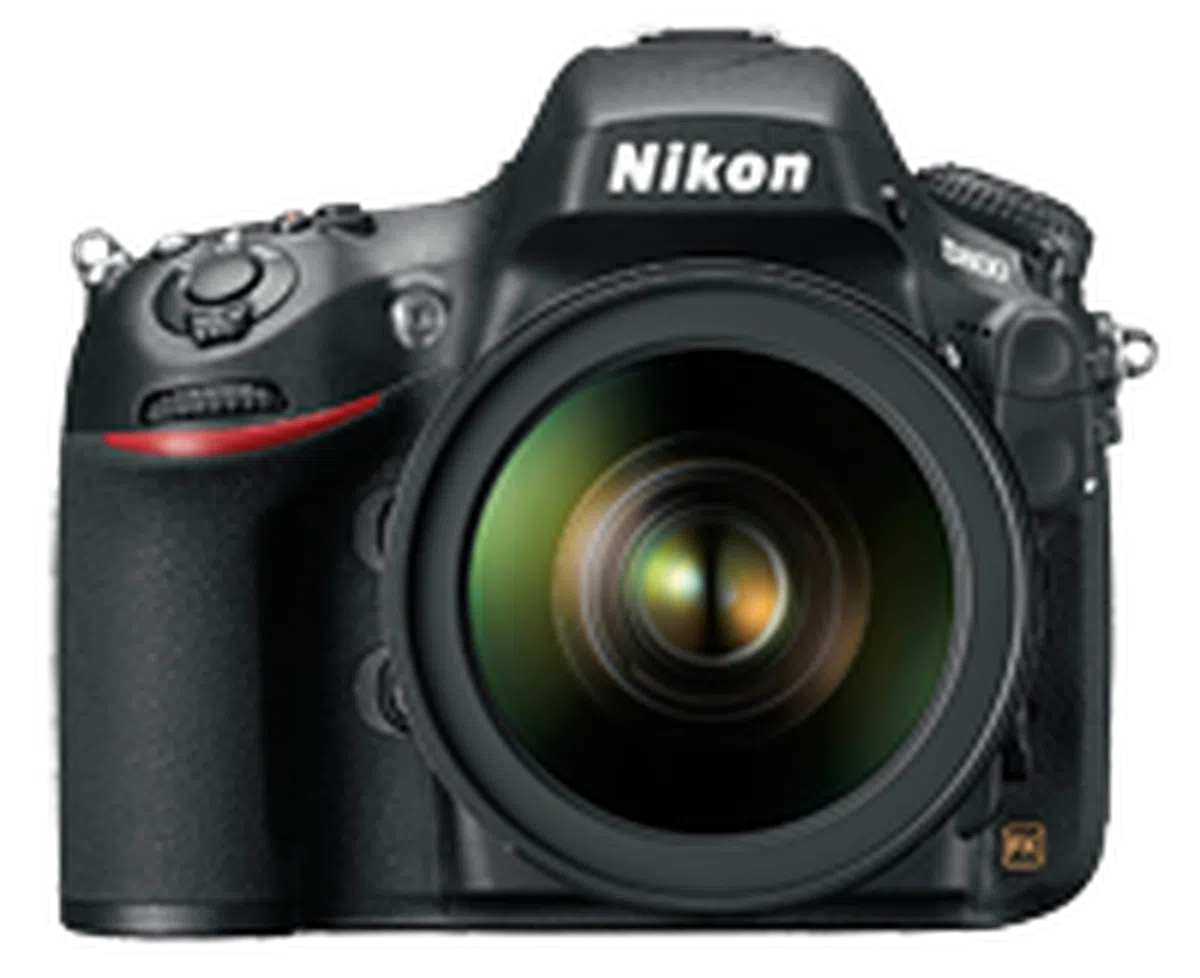Nikon D800 - A 36MP Revolution
Once in a long while, something comes along which changes the conversation entirely. Nikon's D800 camera comes with an unbelievably high resolution 36MP sensor - the highest yet in any DSLR. Find out what 36 megapixels really get you in this revolutionary new camera.
By HardwareZone Team -
Introduction
Once in a long while, something comes along which changes the conversation entirely. The Canon 5D Mark II was one such camera with its Full-HD video shooting ability. So was the Panasonic G1, the very first mirrorless system camera to be introduced. And so is the Nikon D800, a full-frame DSLR successor to the three year-old D700 which is not really a successor, but something entirely new altogether.
The reason for that is the D800's whopping 36MP sensor. Whereas the D700 could be criticized for its low 12MP resolution count, especially when compared to its competitor the 5D Mark II's 21.1MP, Nikon has tripled the resolution for their latest 'entry-level' FX camera, a move which has forced everybody to reconsider what a DSLR camera could and should be. To put 36MP into perspective, the S$4488 D800 trumps Nikon's previous highest resolution DSLR camera, the 24.5MP D3X which cost S$13,888 at the time it was announced.
With the D800, Nikon has effectively split their high-end FX cameras into two well-defined lines; the high-resolution D800, and the high-speed, high-ISO D4. It's a bold move; whereas the D700 was like a smaller D3, and Canon's 5D Mark III is like a companion to the 1D X, the D800 and D4 are completely distinct cameras. It introduces several questions: Is the D800 a suitable general-purpose camera or is it a specialist tool? Will the 36MP resolution place higher demands on lenses and workflow? Is the D800 a compelling upgrade for D700 owners who don't need to print large? These are questions we will attempt to answer in the pages to follow.
Nikon D700 | Nikon D800 | |
Effective Megapixels | 12.1MP | 36.3MP |
ISO Sensitivity (Native) | ISO200-6400 | ISO100-6400 |
ISO Sensitivity (Expandable) | ISO100-25,600 | ISO50-25,600 |
AF Points | 51 | 51 |
Cross-Type AF Points | 15 | 15 |
Max. Aperture with AF | f/5.6 | f/8 |
Max. Frame Rate (FX) | 5 fps | 4 fps |
Exposure Sensor | 1005 pixel RGB sensor | 91,000 pixel RGB sensor |
Autofocus System | Multi-CAM 3500FX | Advanced Multi-CAM 3500FX |
AF Detection Range | -1 to +19 EV (ISO100, 20°C) | -2 to +19 EV (ISO100, 20°C) |
Video Resolutions | N.A. | 1080: 30p/25p/24p, 720: 60p/50p/30p/25p |
Video Compression | N.A. | H.264/MPEG-4 Advanced Video Coding |
Microphone | None | Mono |
Speaker | None | Mono |
Memory Slots | 1 x CF card | 1 x CF card, 1 x SD/SDHC/SDXC memory card |
Viewfinder Coverage | 95% | 100% |
Dimensions | 147 x 123 x 77mm | 146 x 123 x 81.5mm |
Weight (body with battery) | 1074g | 1000g |
Battery Life (by CIPA) | 1000 shots | 900 shots |
Price | S$3888 | S$4488 |
Design & Handling

Designed by Italian industrial designer Giorgetto Giugiaro, the D800 is one handsome beast. While the Canon DSLR flagships have always looked restrained to us, in line with the Japanese aesthetic, the Nikon flagships have always reminded us of Italian supercars, unapologetically straining at the leash with their powerful contours. Especially so with the D800, when compared to the D700, the D800's curves are smoother, the top plate slopes right up to the top hood, giving it a hunkered down and muscular look. We particularly like how the D800 logo sits on cut lines which swoop down from the hood to the side of the camera.
Elements of the flagship D4 are reflected in the D800, the shutter release button is tapered downwards at a lower angle, giving the finger a more comfortable place to rest. The red Nikon strip below the shutter release button has been slimmed down to a single line, and the D800 gains the movie Record button, focus-mode selector and Live View levers seen on the D4. Like the D4, you can now set ISO to Auto using the front command dial, without having to dig through the menus. The D800's interior body is made of magnesium alloy, which means it can take a few knocks - the body certainly feels solid in the hands. The body is weather and dust-sealed, and it is remarkably 10% lighter than the D700 while only being slightly wider by about 4.5mm.

The D700 (left) and D800 (right). Image not to scale.
Handling is superb; the D800 sits comfortably in the hands and the controls feel intuitive. Unlike on the Canon 5D Mark III where the Power switch is on the opposite side of the shutter release button, the D800 (and all Nikon DSLRs) has its Power switch sitting below the shutter release button, which means you can switch on the camera and shoot with just one hand.
The focus-mode selector lever, first seen on the D7000 and then the D4, reappears on the D800. The lever switches between auto and manual focus, while the unmarked button on top of the lever lets you switch between the different AF modes by pressing down and turning the command dials. While we originally didn't love it on the D7000, we've since grown used to it, and it does allow you to change AF modes by feel without having to take your eyes off the viewfinder.
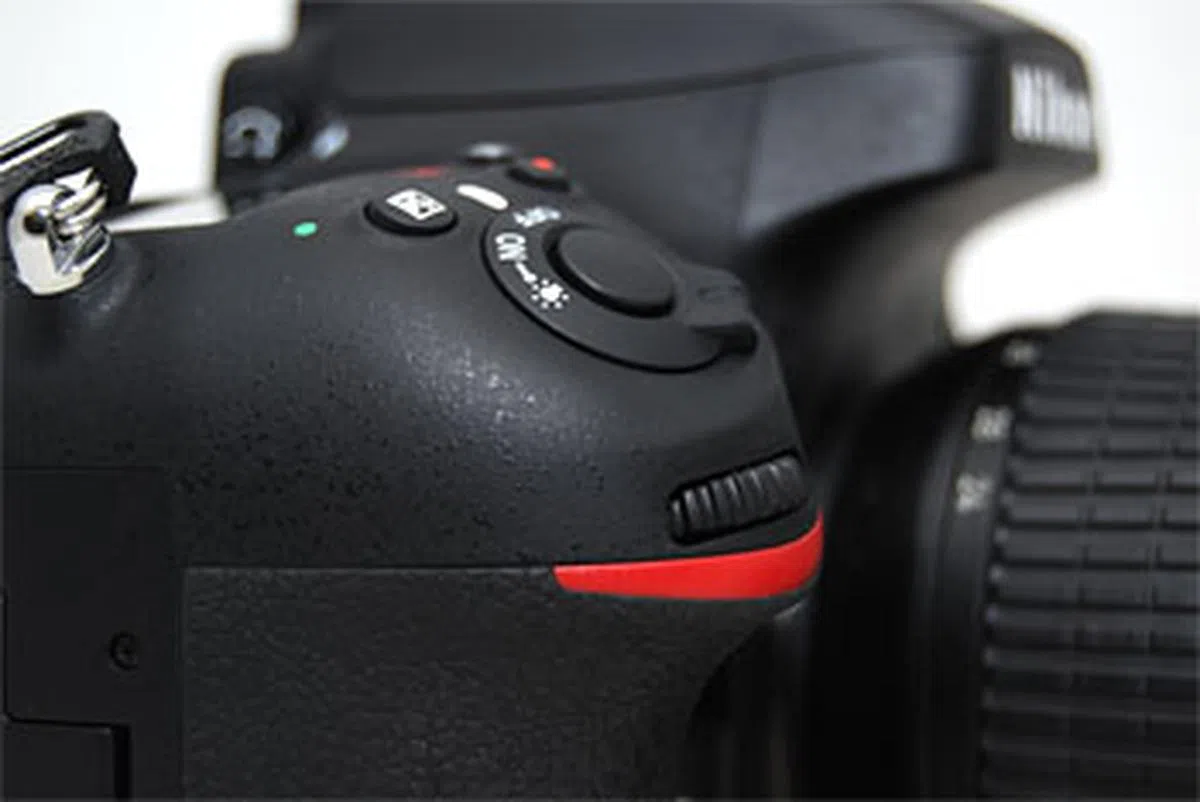 | 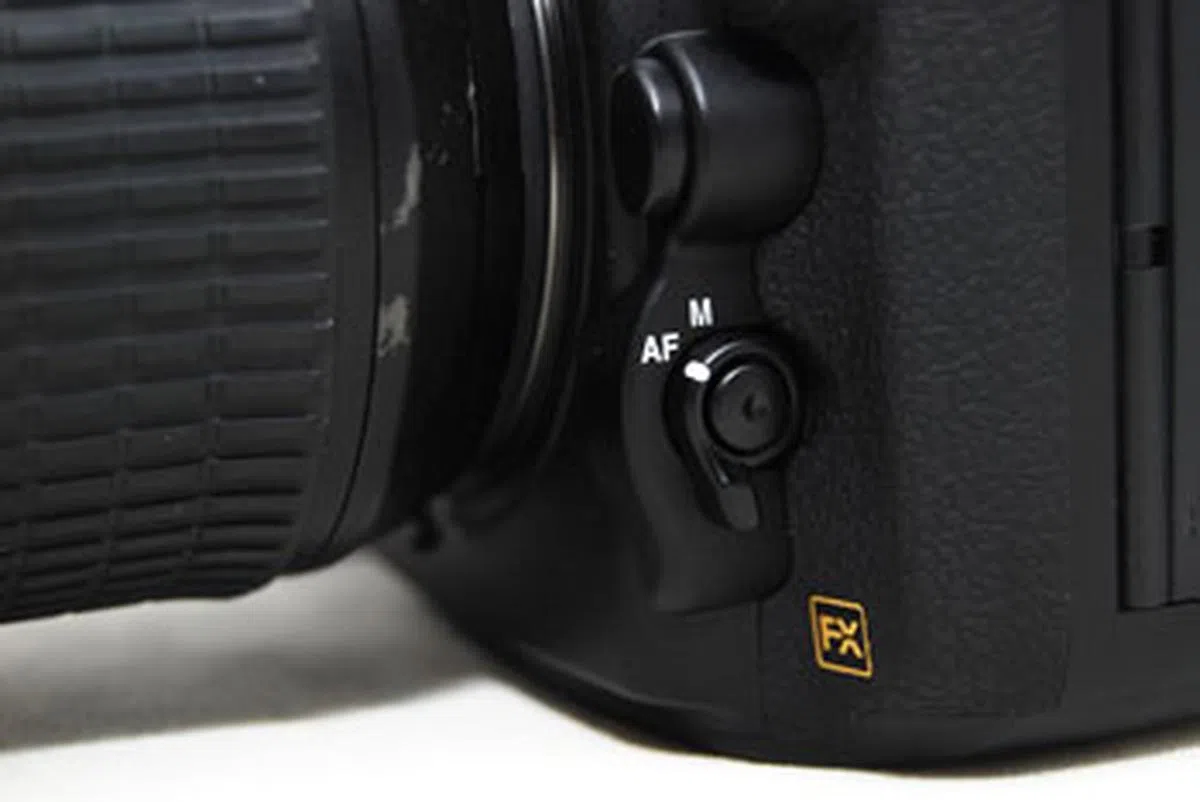 |
The release mode dial has been raised, whereas before you had a slither of a surface to twirl the top-facing rotating dial, the dial is now much thicker and the commands are labeled on the side. One more command has been added to the top surface, where the D700 only had Quality, White Balance and ISO, the D800 gains a Bracketing button. Because of the new video Record button located to the side of the shutter release button, the Mode button has been shifted closer to center. Some have complained that this makes the Mode button harder to reach, but we didn't find the new placement uncomfortable.
If you're worried about the longer transfer times with the D800's larger image files, the D800 cleverly comes with a USB3.0 port, which offers faster transfer speeds.
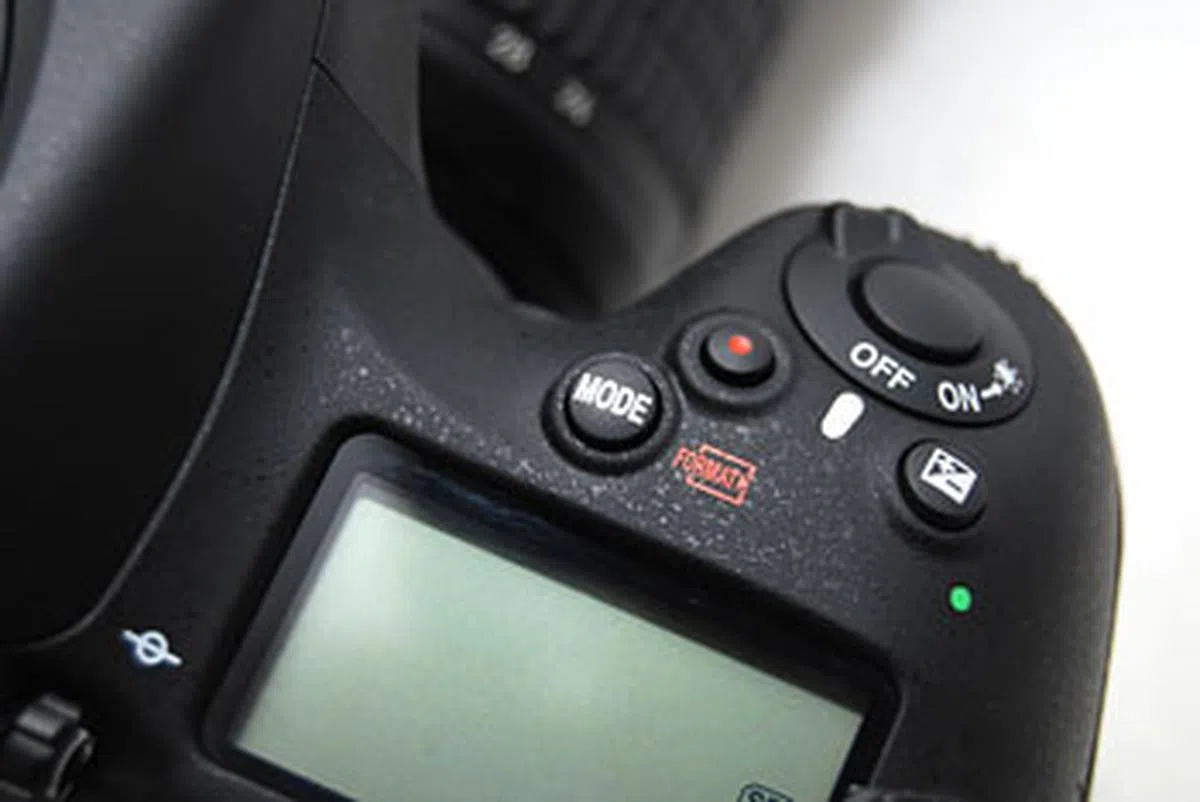 | 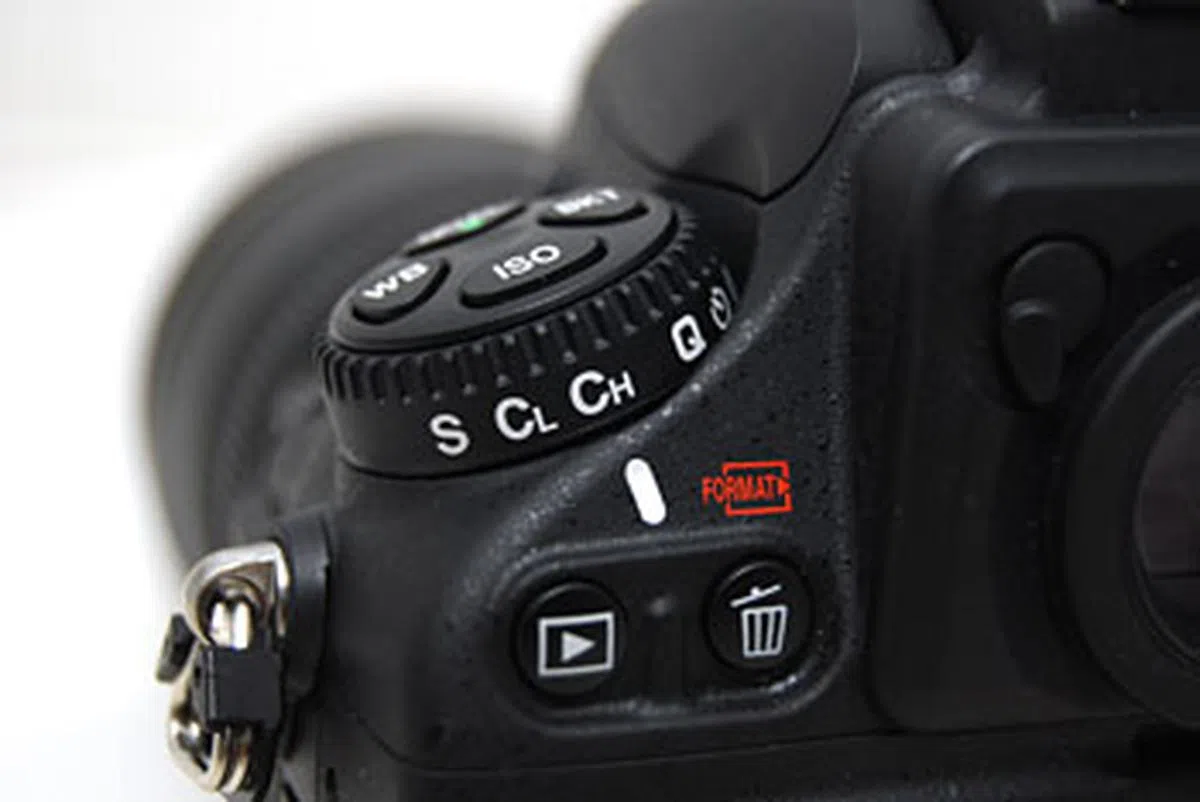 |
Design & Handling - Auto-Focus & Metering
The D800 uses the same Advanced Multi-CAM 3500FX auto-focus sensor module as the D4, with 51 AF points, 15 of them cross-types. Which is why it's surprising that the D800 focuses more slowly than the D4 in low-light, likely due to the D800's larger 36MP resolution compared to the D4's 16MP.
In good light we found the D800's AF to be fast and accurate. It's in low light where the D800 hesitates, a breath slower than the 5D Mark III and slower than the D4. Once the D800 achieves focus however, it tends to lock-in dependably, and in AF-C mode it can track moving subjects reasonably well (although, like the 5D Mark III, it will sometimes get confused and track in and out in-between shots).
The D800's tendency to hesitate in low-light, together with its low four frames per second frame-rate, makes us feel that the D800 will not make for a dependable indoor sports camera. While it can be done, the margin of error is lower than on its competitor, the six frames per second 5D Mark III, which we are surprised to find focuses more quickly in low-light. The D800 can actually reach up to six frames per second using the optional MB-D12 Multi Power Battery Pack, but only at DX, not FX resolution. In comparison, the previous generation D700 nearly matches the 5D Mark III's frame-rate at five frames per second, and can shoot up to eight frames per second with the use of the optional MB-D10 Multi-power Battery Pack.
To be fair, sports photography is not what the D800 is built for. While it won't be able to track erratically-moving subjects as well, it should prove more than capable for subjects in dim environments which don't move about as suddenly, like subjects in weddings and concerts. Oddly, and we should preface this as a subjective rather than objective observation, the face recognition on the D800 seems more accurate than on the D4, we saw the camera concentrate focus on faces when in Auto AF mode more often than when we were using the D4.
While the D800 has the same nine, 21 and 51-point dynamic area AF area modes as the D4, the D800 loses the D4's ability to display all nine, 21 or 51 points while you're selecting them. Instead, it will only show the single point, and automatically choose focus from the surrounding points by itself. It's an odd omission of a simple and useful option.
We had no issues with the D800's metering system, which delivered balanced and accurate results during our use. In fact, we hardly found ourselves reaching for the exposure compensation button, except when adjusting for effect.
Design & Handling - LCD Monitor & Live View
The D800's LCD monitor is slightly larger than the D700's, 3.2" versus 3". You can zoom deeply into the preview images, up to 46x, which is a great help when you need to check focus on the large 36MP images. The screen comes with an anti-fog layer and the same anti-reflective surface as that on the D4's. Plus, there's also an ambient light sensor next to the monitor, set the brightness to 'Auto' and the camera will adjust the screen's brightness based on the environment. One disappointment is that pixel count has remained the same even though the screen size has increased, at 921,000 dots the D800's LCD monitor is not as rich as the 5D Mark III's 3.2" screen, which has 1.04 million dots.
The D800 gains the convenient Live View switch from the D7000 and D4. When shooting with Live View, the camera stops down to show a live preview of current exposure settings, instead of an enhanced view where the view is always bright. This can be positive or negative, you get an accurate representation of what your final image will look like, but framing is almost impossible if your settings are underexposed, or if you're in a dim environment. Live View will briefly show a correct exposure if you half-press the shutter release to focus. Oddly enough, the D800 manual lists exposure preview as something which happens when you press the OK button, but in our experience it happened by default and we couldn't find an option to switch it off.
Like on the D4 but unlike the 5D Mark III, the D800 displays useful exposure information on the screen without cluttering it up. The D800 gains external microphone and headphone jacks, and can display audio levels in Live View. Audio recording levels can be adjusted, and (unfortunately) like the D4 but unlike the 5D Mark III, audio levels cannot be adjusted while recording.
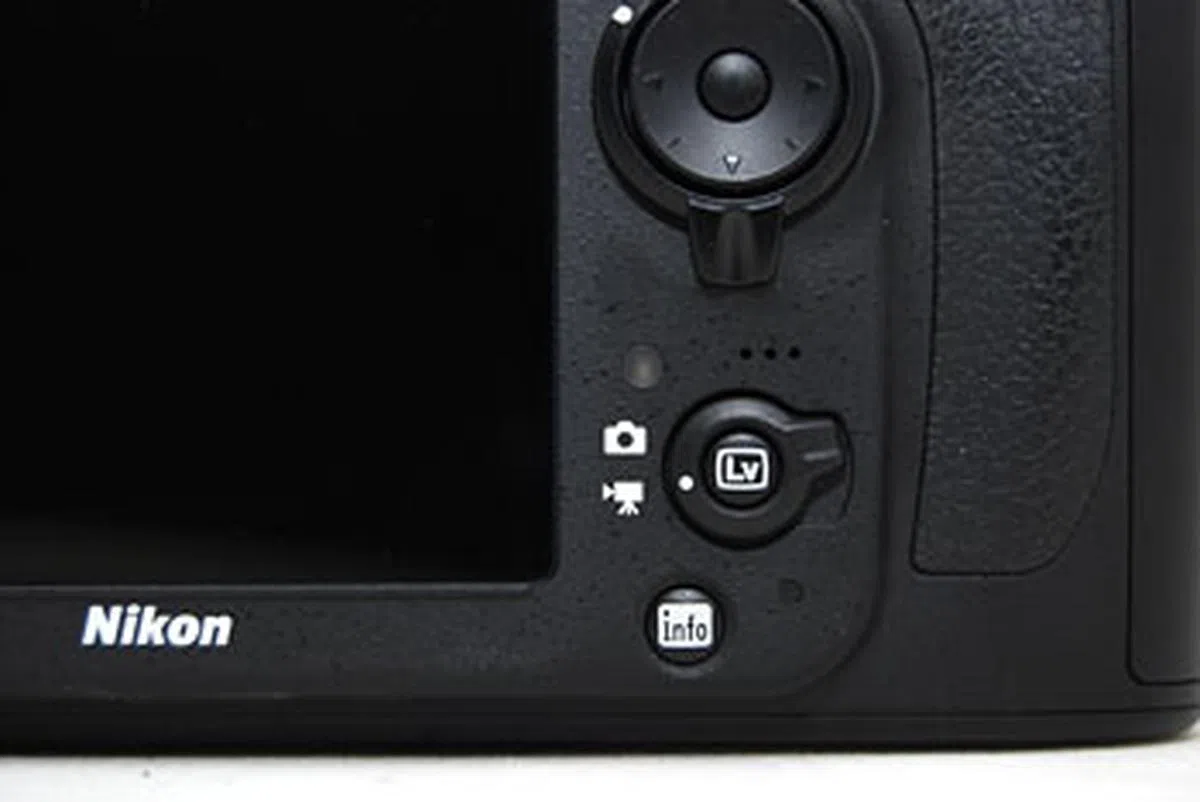 | 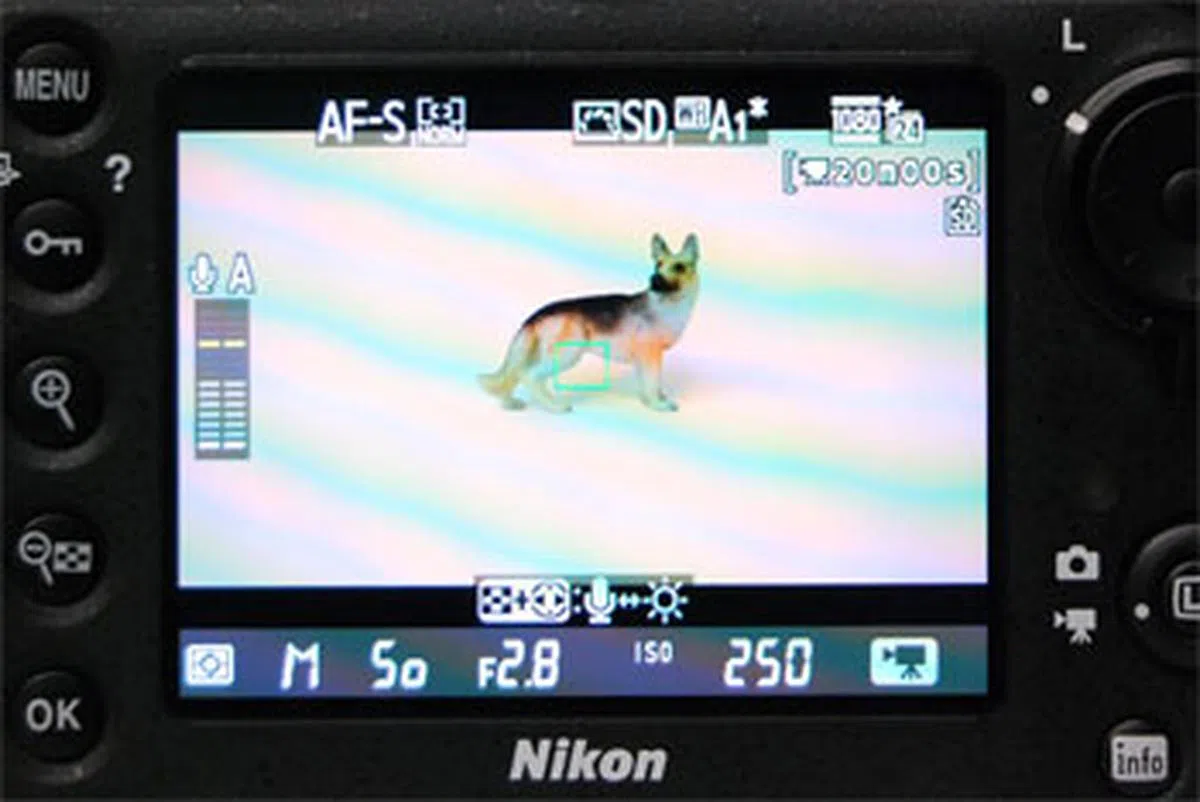 |
Image Performance - Clarity & Dynamic Range
As expected, the clarity coming from the D800 is phenomenal - we've never seen so much detail and dynamic range coming from a DSLR camera before. But the high amount of information contained in a D800 image file comes with a price.
The challenge with increasing the number of megapixels while keeping the sensor size the same is that each individual pixel on the sensor becomes smaller. By tripling the megapixel count, pixel size has been nearly halved, from 8.45µm in the D700 to 4.88µm in the D800. Generally speaking, larger sensors with larger pixels produce better looking images with less image noise and higher dynamic range. This is not always true, because you need to take into account just how the sensor and its surrounding electronics have been engineered, as well as the algorithms used in the camera's image processing engine. But if nothing else changes, increasing the number of pixels while keeping the sensor size the same tends to introduce more image noise and reduce dynamic range.
In the D800's case, we've actually found that while image noise has been increased, so has dynamic range. While talking about image noise on a 36MP sensor though, it gets complicated, because down-sampling - when a large image is scaled down to a smaller resolution - also plays a part. Such a big part that we're going to go into it more deeply on the next page, and we're going to focus on the clarity and dynamic range of the D800's images on this page.
As we mentioned earlier, the amount of detail you can get in the D800's images are astounding, measuring a high 2800 LPH (vertical and horizontal) on our resolution chart. It makes the camera suitable for high-resolution work, and also handles cropping well. At the same time though, each image's size is significantly larger, JPEG files are an average of 20MB, while RAW files are around 40MB, and Nikon has said that RAW files can go up to as high as 75MB per file. That means you not only can shoot less on your existing memory cards, you might be looking at a complete back-end upgrade if your current workflow cannot support the D800's output.
The files' large sizes also means that it's hard for us to offer full-resolution image downloads like we usually do with our reviews, so we've substituted them with 100% crops to illustrate our points.

f/8 at 200mm, 1/250 sec, ISO800.

100% crop. The D800's images are unbelievably rich and full of detail.

f/2.8 at 200mm, 1/200 sec, ISO1600.

100% crop. Your focus will need to be even more exact with the D800's 36MP resolution, as slightly-off focus images which look sharp at lower resolutions will reveal themselves when enlarged.
The high resolution not only places higher demands on your workflow, but also on lenses. While we found no optical problems using the D800 with the Nikkor 24-70mm f/2.8 and 70-200mm f/2.8 lenses, photographer Ming Thein has tested eleven Nikkor lenses with the D800 and found that:
If you plan on getting the most out of your D800/D800E, you’re going to have to rethink your lens lineup. What worked brilliantly for me on the D700 - as in I felt I couldn’t get any more image quality out – isn’t working on the D800.
You'll also need to be tighter with your shooting technique, as we've found that slight off-focus errors or movement which may look sharp in lower resolution images are magnified and revealed as soft in the D800's large photos.
The D800's images have an impressively high dynamic range, at low ISO sensitivities even JPEGs behave like RAW files from lesser DSLR cameras. This corresponds with DxOMark's review of the D800 image sensor (which has achieved the website's highest score ever). There's an incredible range of detail which can be pulled out of the D800's images in post-production, as long as the highlights are not completely blown and the shadows lost. So much so that when pushed to the maximum, images can take on an almost HDR-like quality.
Shooting JPEG, we found that the D800's images tend to look flat out of the camera on the default Standard Picture Control, and can always use a bit more contrast and even a little more saturation in post-production. This is in contrast to the 5D Mark III and D4's JPEGs which look good straight out of the camera, it looks like the D800 holds back on image processing to retain more detail for photographers who prefer to have as much to work with in post.
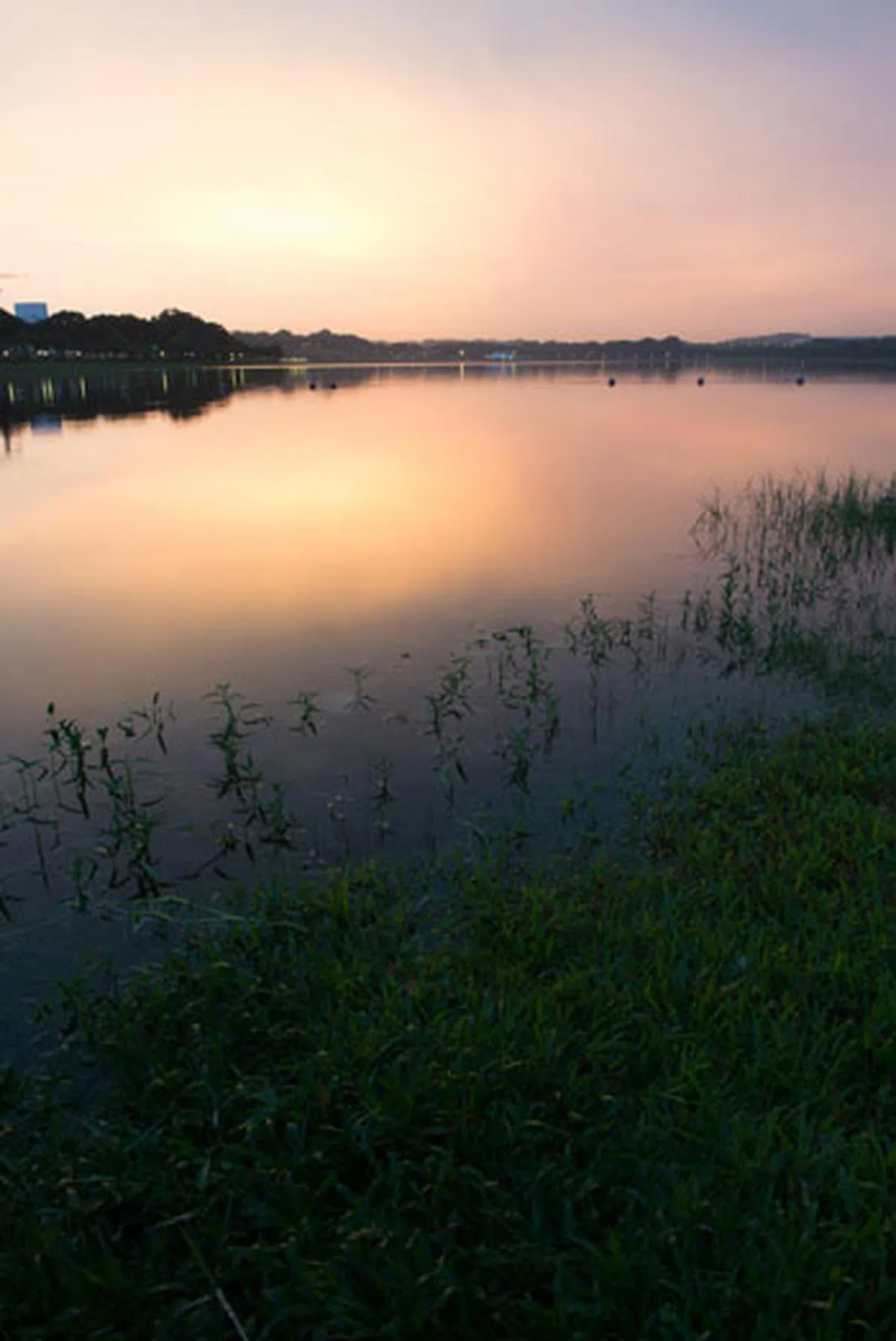 | 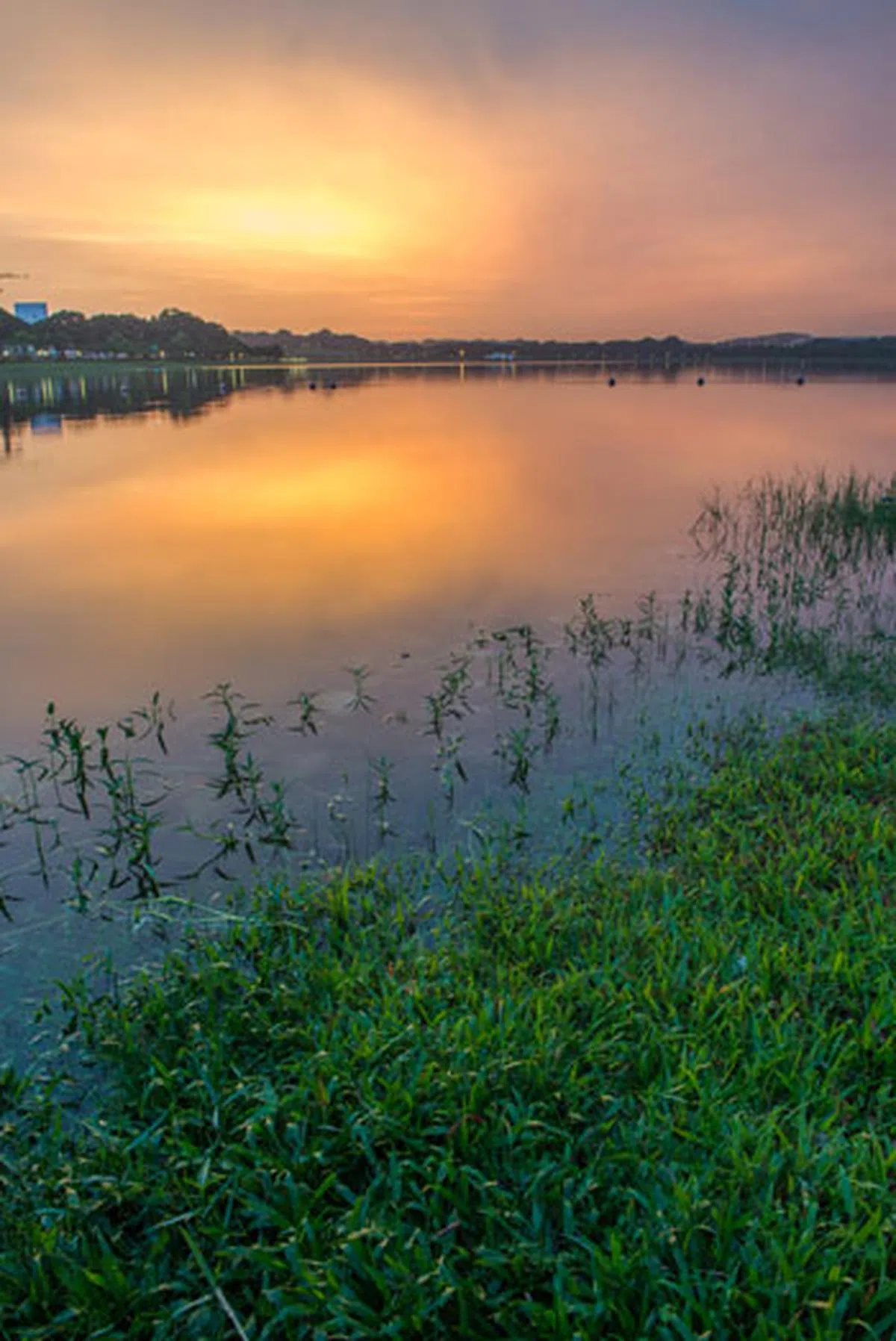 |

f/11 at 35mm, 1.6 sec, ISO800 (NR off).

Even JPEGs possess a remarkable dynamic range. Post-processed in Lightroom 4 without clipping the histogram (with the exception of the highlights from the lights).
Image Performance - Image Noise
On the previous page, we said that the high amount of detail and the wide dynamic range in the D800's images come with a price, and that price is higher image noise. With more detail, we also see more image noise in the D800's images. But - and here is where it gets complicated - we are also looking at much larger images here with the D800's 36MP, so yes, detail should be more noticeable, and so should image noise.
Down-sampling, or reducing the image resolution, will also have an impact on the perceived image noise in the D800's images, because it will look less prevalent at lower resolutions (which is why noisy digital photographs look less noisy when downsized for the web or when displayed on mobile phones). So when evaluating the D800's image noise, considering the final output resolution also plays a part. Not all users will be printing or displaying their images at the full 36MP resolution of 7360 x 4912, which works out to be an approximate maximum print size of 25 x 16 inches at 300dpi, or almost A2 size.
If we look at image noise based on the D800's full resolution, we'd say that images look good up to ISO3200, and noise is quite noticeable at ISO6400, which is the D800's native limit and the limit at which we'd shoot at to still get acceptable image quality. Depending on the output resolution, we might shoot up to the first boosted level of ISO12,800, but in general we would avoid shooting at the D800's highest setting of ISO25,600 as both luminance and color grain are quite obvious at that setting.
Digital cameras are always playing a balancing game between image noise and detail resolution. While the Canon 5D Mark III is quite aggressive with its noise reduction at higher ISO settings for JPEGs, resulting in cleaner images with less detail, the D800 seems to go lighter on the noise reduction, producing noiser images which retain more detail. Again though, the D800 is shooting at a higher 36MP resolution, if its images are down-sampled to the Mark III's 22MP resolution, image noise will be less noticeable and detail will still be retained. Even though the Mark III's JPEGs are softer, they're also cleaner which means they can be used straight out of the camera. In general, we found that the D800's images at high ISO settings will always benefit from a little bit of noise reduction applied in post.

In this 100% crop of the image below, you can see that while the D800 captures a lot of detail, it also displays noticeable image noise. Photographed at ISO800, 1.6 sec (with NR off, so more noise is captured).

But when viewed at a lower resolution, the noise is almost imperceptible. Displaying at anything less than the D800's full resolution of 7360 x 4912 will see some of this down-sampling effect.

Here is a 100% crop of a 22MP image shot at ISO6400 from the Canon 5D Mark III. You can see that when compared to the D800's ISO6400 image below, this photo has less noticeable image noise (but also less detail).

In comparison, here's a 100% crop of a 36MP image from the D800 shot at ISO6400. You see more image noise when compared to the 22MP 5D Mark III image above, but in general the D800's images also have more detail.

For a fairer comparison however, here's a 100% crop of the D800 image after it's been down-sampled to the same 22MP resolution as the 5D Mark III. You can see that image noise is less noticeable, and the benefit is that detail is still retained.
Image Performance III - Down-sampling at Capture
We've heard that some potential owners of the D800 are thinking of shooting at a lower resolution with the camera, because they feel 36MP is more resolution than they need, and also in a bid to reduce each image's file size. What we've discovered is that more detail can be retained if users shoot at 36MP and down-sample the images to a lower resolution themselves, than to depend on the D800 to do it.
To illustrate, we have two images, shot in FX format, at the camera's 36MP (L) and 20MP (M). To do a fair comparison between the images, we're going to look at a 100% crop of the 36MP which has been down-sampled in post to 20MP, and a 100% crop of the 20MP image. Exposure settings were kept constant.

Here is the full scene, to give you an idea of what we're looking at.

Here is a 100% crop of the 36MP capture, which has been down-sampled to 20MP in post. The original 36MP JPEG is a whopping 31.5MB and after reducing the resolution to 20MP using Photoshop and saving in the best JPEG quality settings, the file weighs in at 19.8MB.

Here is a 100% crop of the 20MP capture. Even though the file size is nearly halved at 17MB, there is noticeably less detail.
Image Quality - Video
Just like with the D800's still images, we see quite a bit of sharp detail in the D800's video. While the rolling shutter effect is well-controlled and hardly appears with pans at normal speeds, the D800's video is susceptible to moiré. Here's an example (click here to see the video in Full-HD):
Multi-media journalist Dan Chung has done a comprehensive test between the Canon 5D Mark III and D800's video quality and concluded:
Essentially the output from the D800 and 5D mkIII is very close. I would give it to Nikon for sharpness and the addition of the crop mode. The Canon has a clear win in terms of moiré and low light performance. Personally I prefer the control layout and the colour rendition from the Canon (especially under mixed lighting) - others may prefer the Nikon.
To Nikon users who have been waiting for the company's response to Canon's lead on full-frame, Full-HD DSLR cameras, the D800 may be what they've finally be waiting for, at half the price of the other full-frame, Full-HD DSLR camera - the D4. Just like the D4, the D800 can shoot 1080p video at 30, 25 or 24 frames per second, up to 24Mbps, with the ability to stream uncompressed footage out to an external recording device through HDMI.
Sample Photographs
These are sample photographs shot with the Nikon D800. The photos have not been post-processed and are copyright to SPH Magazines. They are provided for your reference only and we ask that you do not reproduce them elsewhere. Because of the images' large file sizes, we are unable to offer high resolution downloads. In their place, we're displaying 100% crops of parts of the original images in our thumbnails.

f/5.6 at 55mm, 1/1000 sec, ISO200.

f/8 at 31mm, 3 sec, ISO400.

f/11 at 70mm, 1/1000 sec, ISO800.

f/8 at 38mm, 1/3 sec, ISO1600.

f/2.8 at 200mm, 1/125 sec, ISO3200.

f/2.8 at 200mm, 1/500 sec, ISO5000.

f/11 at 35mm, 1/15 sec, ISO12,800.

f/4 at 24mm, 1/125 sec, ISO25,600.
Conclusion
As cameras go, it would be no exaggeration to call the Nikon D800 a quantum leap forward. 36MP on a full-frame sensor is a bold move. So many things could have gone wrong pushing the envelope like this, but Nikon has managed to execute it with aplomb.
Ergonomically speaking, nearly everything has been improved from the D700. The camera handles superbly, controls are intuitively placed, it sits comfortably in the hands and it's lighter than the D700. The only major complain we have about the camera body is that battery life is now lower than the D700, at 900 shots versus 1000 shots (as rated by CIPA). This isn't entirely Nikon's fault though; the batteries had to be changed due to new battery regulations in Japan.
Image quality is breathtaking, full of detail and rich in tones with a high dynamic range. We feel confident in saying that the D800 produces the most detailed images among DSLR cameras today, but that doesn't come without its price, because even though detail is more apparent, so is image noise. If you shoot at high ISO settings, you will find that the D800's images will always benefit from a little noise reduction. At the same time, not every photographer will be using the full 36MP resolution (which is nearly a maximum print size of A2 at 300dpi) for output, so images can benefit from the perceived noise-reducing effects of .
The other price D800 owners will have to pay comes in the form of larger file sizes; JPEGs are an average of 20MB and RAW files 40MB, but they can be higher - in fact, RAW files can go up to 75MB per file. It means a potential hardware upgrade of existing workflow, from memory cards to storage to computing horsepower. While users can certainly shoot at lower resolutions with the D800, we certainly don't advise it, as we've found that than letting the camera do the same. Do not get this camera if you do not want to work with large files.
You will also need to be more exacting with your shot technique, as slightly off-focus shots at wide apertures, or slightly blurry movement might look sharp with lower resolution images, but will be revealed as soft in the D800's large images. It's also a little disconcerting when the D800 takes a moment to hunt for focus in low-light; it's certainly not a deal-breaker if you're not shooting fast subjects in dim environments but it's not something we expected out of a flagship model.
Because of the D800's 36MP resolution, its slower frame-rate and the large image file sizes, we felt at the start of this review that the D800 would turn out to be a specialist tool for photographers who would benefit most from its images' rich detail and high dynamic range - most likely photographers who shoot landscapes and in the studio. But we've come to believe that if you are able to work with the greater demands on focus and workflow which comes with 36MP images, the D800 can also work well as a general-purpose camera with all the joys that the higher resolution brings.
Nikon D800 vs. the World

Don't forget that the D800 has an almost identical twin, the D800E that come without an optical low-pass filter.
We would be remiss in our review of the D800 if we didn't mention its sister camera, the D800E. The two cameras are virtually identical, except that the D800E comes without the standard optical low-pass filter seen in most digital cameras. This filter helps prevents moiré artifacts from appearing in photographs, but at the expense of the blurring of fine detail. Without this filter, the images from the D800E are richer and more detailed, but there is the risk of moiré appearing if shooting regular, repeating patterns - which is why the D800E is recommended for photographers who shoot natural and organic subjects.
When we visited Nikon's Tokyo HQ for the D800's launch, we could definitely see the difference in detail between two identical images shot with the D800 and the D800E, but only at A3 size. Viewing at any size smaller than that is doubtful if anyone would be able to separate which print came from which camera. Whether moiré will turn out to be a significant issue with the D800E in everyday use can only be determined with further testing. Luminous Landscape has some early tests done with both the D800 and D800E in which the D800E resolves even more fine detail than the D800 and with no signs of moiré - yet.

The big question - Nikon D800 or the Canon EOS 5D Mark III?
Some will wonder how the D800 stacks up against its closest competitor, the 5D Mark III, but we don't feel that such a comparison is really possible. Both are distinctly different cameras, while the 5D Mark III is like a 1D X Lite with its 22MP and six frames per second performance, the D800 is no D4 Lite with its 36MP and four frames per second shooting speed. While that means Nikon has no 'affordable' full-frame, current generation, fast camera to compare against the 5D Mark III, Canon also has no high resolution, full-frame camera to compare against the D800.
We doubt that Canon and Nikon users will switch platforms simply based on one camera, but the question arises: What if you're not invested in either system and are looking for your first full-frame camera? We feel that the D800 produces more detailed images, but also with more image noise (if you compare without down-sampling), and it also demands more from its user, both in use and in post.
From that perspective, the D800 isn't as user-friendly as the D700, and consequently not as user-friendly as the 5D Mark III as well. The 5D Mark III also feels more versatile, and while the case can be made for and against the D800 as a general purpose camera, none can be made against the 5D Mark III. Even though the 5D Mark III"s 22MP sounds 'smaller' now, it's still a respectable size for most uses, whereas 36MP will turn out to be overkill for some users.
Our articles may contain affiliate links. If you buy through these links, we may earn a small commission.
